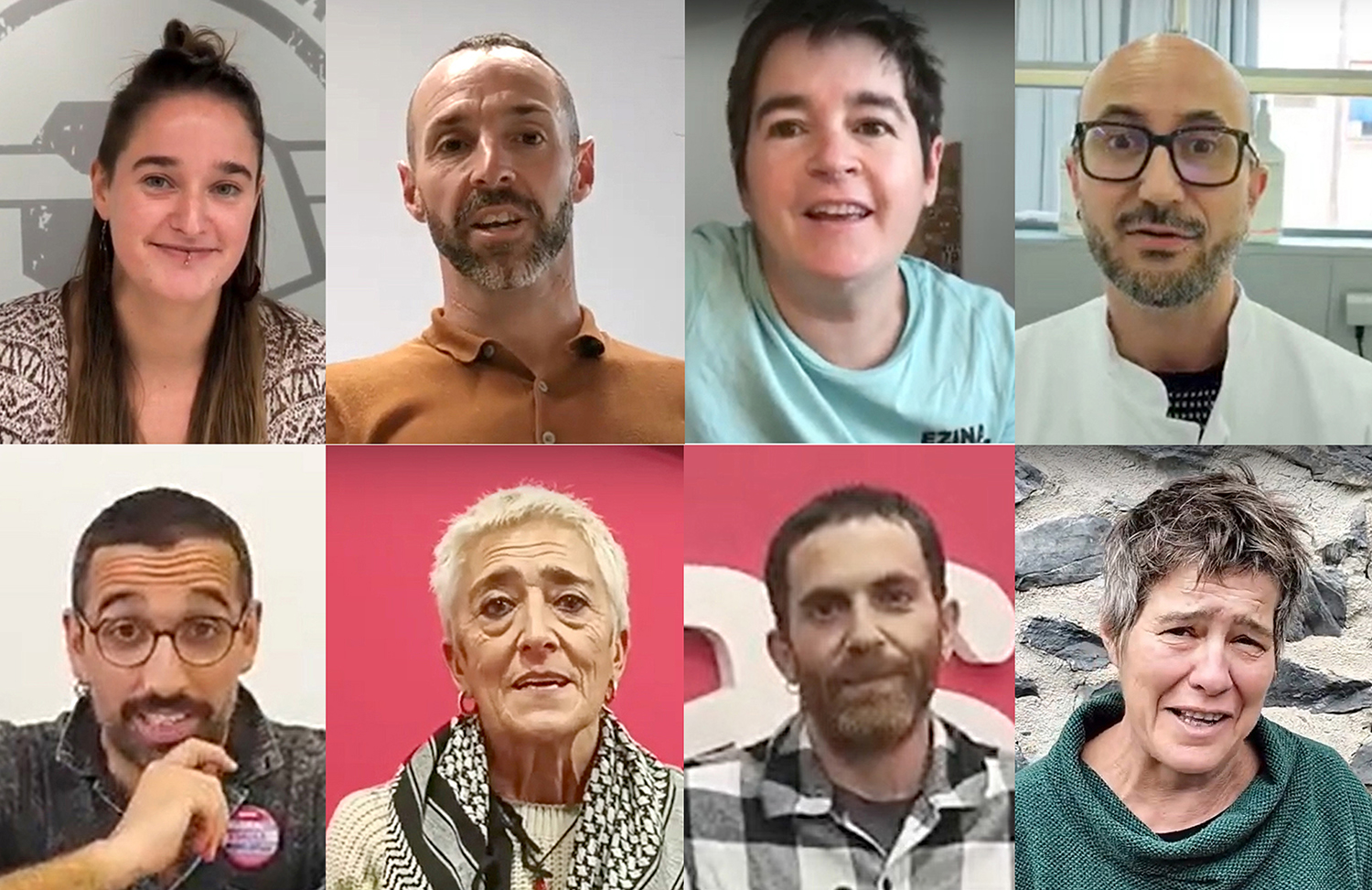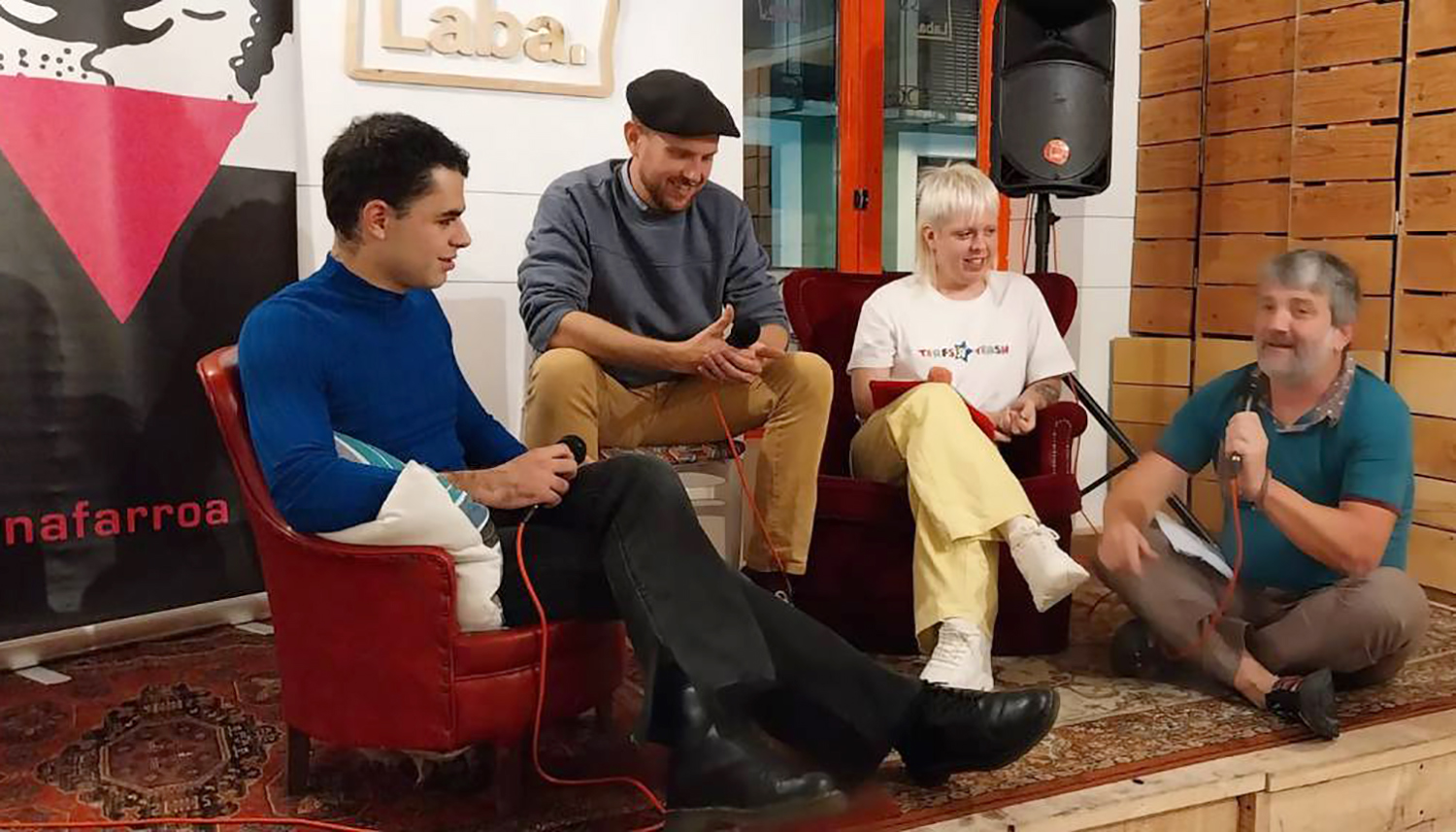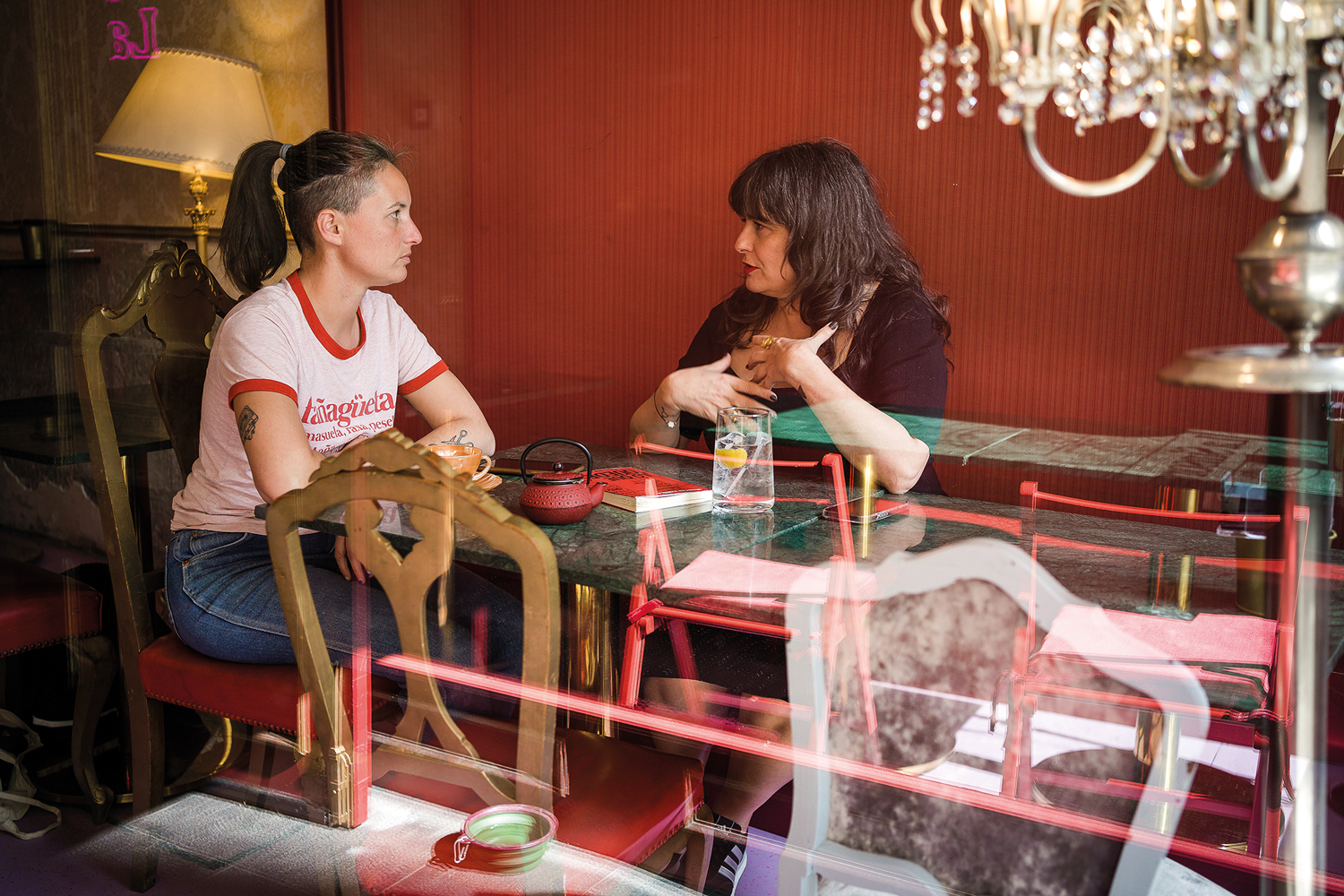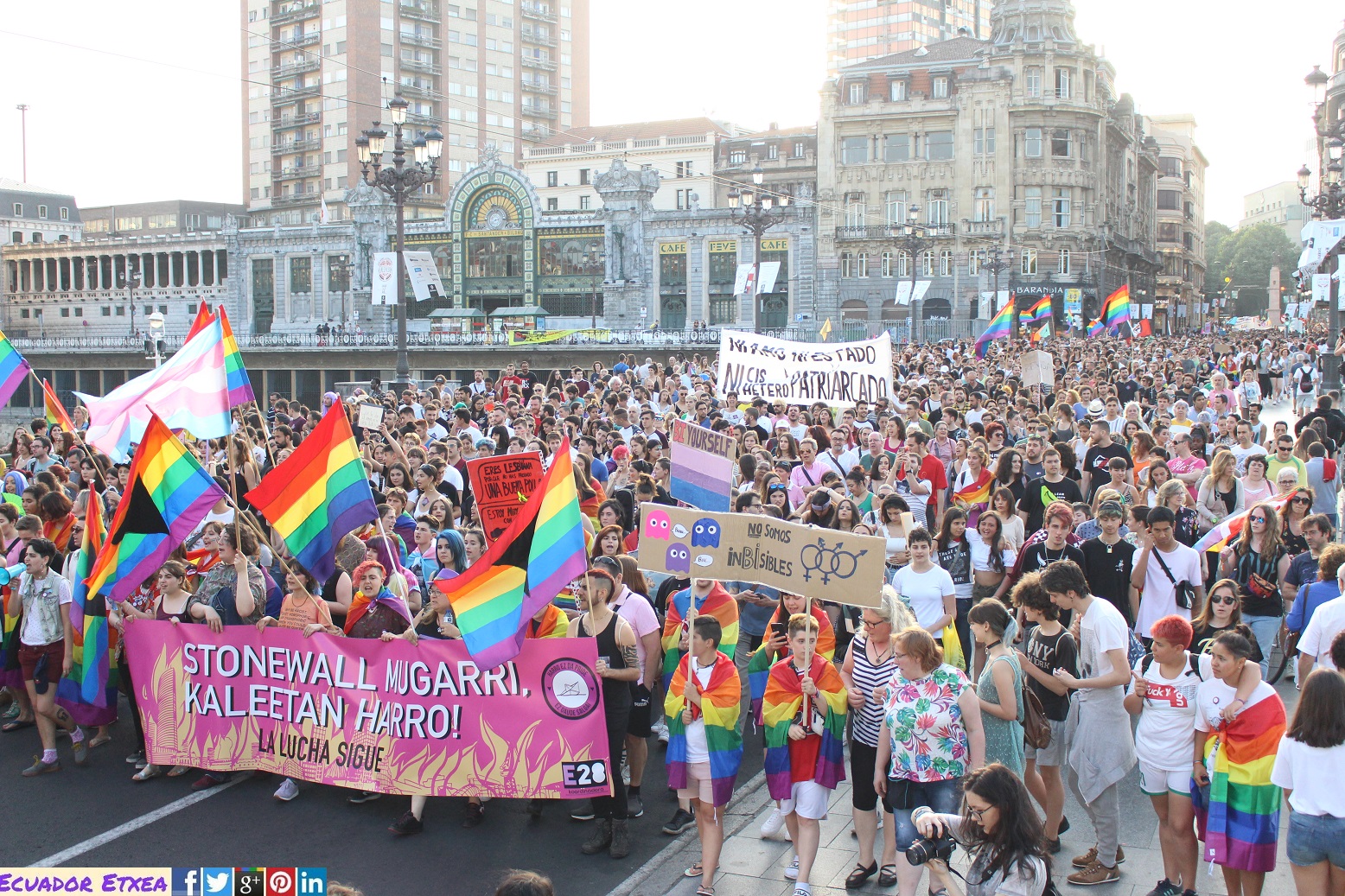Why is it important to get teachers out of the closet?
- This question has been answered by several non-heterosexual teachers, who have left many keys for reflection. Because it is beautiful that children and young people who are discovering the world and building their (sexual) identity have multiple references and that everyone in school finds a safe and comfortable space.

Gay, lesbian, bisexual, non-hetero teachers of all levels of education appear in the video published by the STEILAS union on the occasion of May 17, the Day Against LGTBIphobia. They have it clear: the fact that teachers live their sexuality naturally and freely outside the closet is important for some students to feel identified, to have a mirror. “For some it can be an oasis and for others it can be a close model of diversity,” says Edurn in the video. “Children and young people see that there are different possibilities of being, being and acting,” adds Piker. After all, when diversity is so insignificant in the curriculum, they become a reference for LGBTI students who can feel alone and for all students in general, because the naturalization of diversity means that children and young people feel more accepted when developing and expressing their sexuality.
It is necessary to respect the process that each student has with their wardrobe, but "it is important to convey that if they need help you are there"
I would highlight two ideas from the video. On the one hand, the hope that we are giving more and more space to diversity from generation to generation, because “some of us did not have such references and that caused us a lot of suffering,” says Ainara. “When I started developing my sexual identity, I didn’t have a reference and it caused me a lot of pain, I don’t think a child should go through that. Instead of a hunger for revenge, they have to find love and acceptance, and since they need references on this path, we are here,” explains Almike.
On the other hand, let’s not fool ourselves, homophobic, biphobic and transphobic bullying is still very present in schools (also), and the fact that students can turn to someone is emphasized by more than one teacher, the role of confidant is so important for the child and young person who needs the advice and support of an adult – regardless of the sexual orientation that this teacher has. The lesbian educator Usua Martínez summed it up as follows, in LA LUZ: no one should be forced out of the closet, the process that each student has with their wardrobe must be respected, but “it is important to convey implicitly to the students that if they need help you are there”.






















